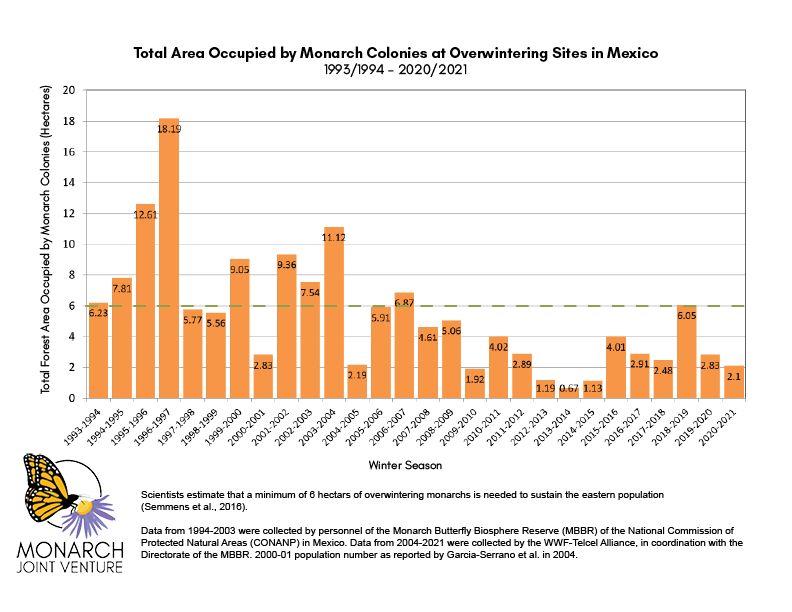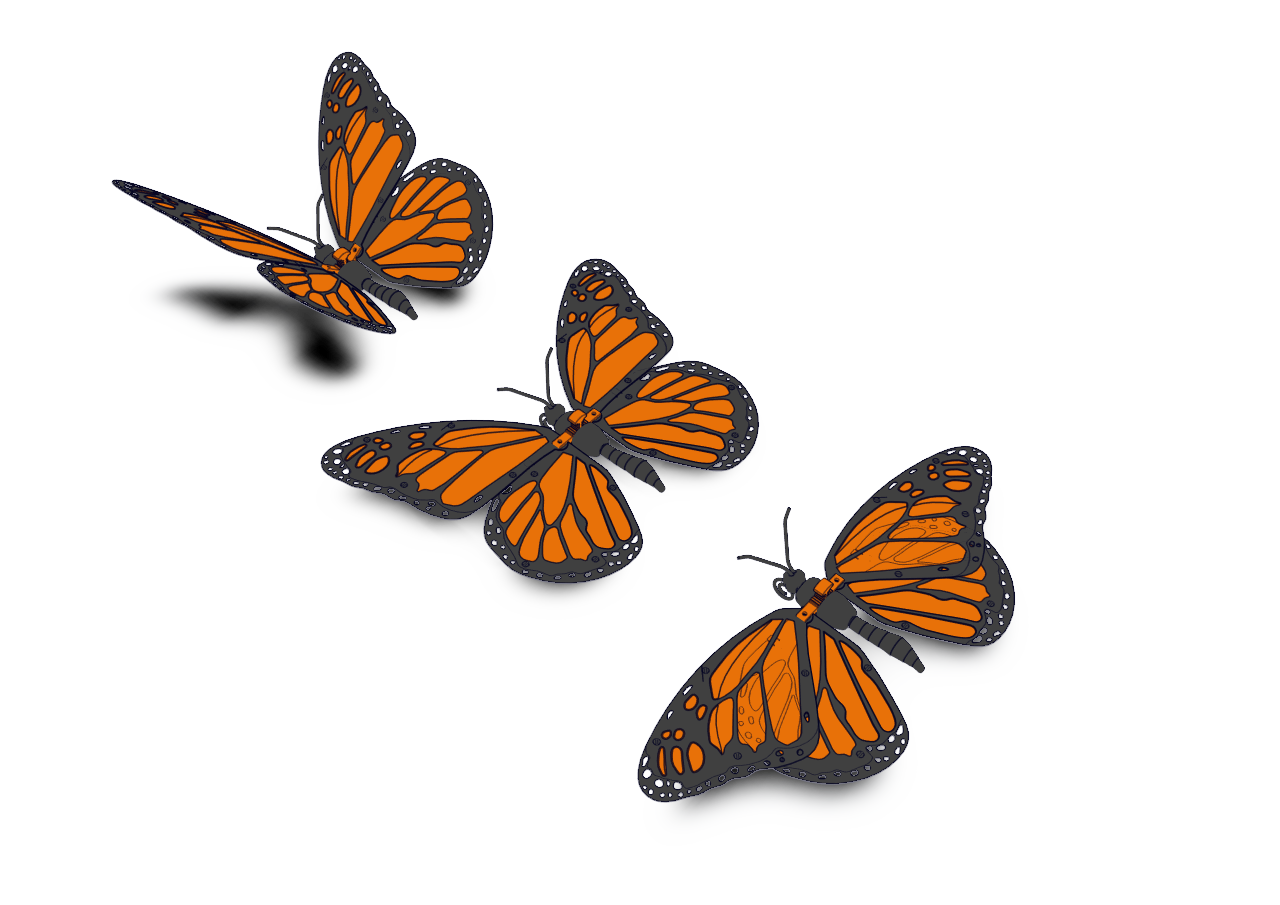Articulated Monarch Butterfly (Papillon Monarque Articulé) 3D Printer Model
The file 'Articulated Monarch Butterfly (Papillon Monarque Articulé) 3D Printer Model' is (STL) file type, size is 2.3MB.
The file 'Articulated Monarch Butterfly (Papillon Monarque Articulé) 3D Printer Model' is (STL) file type, size is 2.3MB.
As i have already designed an articulated Dragonfly, my new challenge was to update the mechanical solution used for articulation (with a common rubber elastic) and try to simplify the Toy by creating a full PLA plastic assembling, using clips (doesn't matter glue, bolts, ...)
Once the initial requirements have been decided, i have looked for an insect which is able to accept the "rack and pinion" movement ... and i found the Monarch Butterfly!
By searching pictures for the design, i discovered that this Miracle of Nature is threatened.
I think that you have already seen these wonderful pictures corresponding to large wintering Monarchs colonies in Mexico Forests.

Ok, Now, the Reality...
Each year, Monarchs migrate from North America to Mexico for winter hibernation (2500-mile) for 6 to 8 months. (Some of them migrate to Pacific grove).
During their trip, they need to eat the Milkweed plant as it is their main source of food but this plant is threatened due to pesticide use and land-use changes.
In Mexico Forests, Monarchs sit on Oyamel fir Tree which is also threatened because many acres of it in Mexico are being cut down by illegal harvesting of the forest.
Every years, Monarchs population continues to decrease alarmingly.

But!, People can move by planting Milkweed and nectar plants that are native to their area (North America) and educate others about pollinators, conservation and how they can help.
For more info:
https://www.saveourmonarchs.org/ (Monarch foundation)
https://blog.wwf.ca/blog/2015/01/28/monarch-butterfly-population-recovering-still-lowest-years/ (WWF Blog Article)
https://www.fws.gov/midwest/monarch/OverwinteringMonarchs.html
3 Configurations are possible: At rest / Spread wings / Articulated
The Butterfly is articulated thanks to a common elastic assembled on both wing sides.
The toy could be clipped on a ball support.

No support required!
Settings i used for printing:


Nota: Settings i used were fine but accuracy can be decreased i think.
No glue required! (but you can)

Step A: Pre-drill both sprockets at 2mm. Synchronize the rack with one sprocket. Use a 1.75mm filament and insert it inside the Body (If necessary, pre-drill both body holes at 2mm)
Step B: Position the second sprocket and make sure that both are correctly synchronized.
Step C: Cut both filaments
Step D: First assembled parts must look like to the picture

Step E: Put a common elastic around the body. Make sure that the elastic force is sufficient to move wings.
Step F: Clip both parts of each wing. (Use your nails)
Step G: Put the tongue between both layers of "high" wing to block the "spread wings" position.
Step H: Clip assembled wings on the body. Make sure that it's free to rotate and that elastic is not pinched.

Step I: Model the tongue and antennas by using a lighter. Before insertion of them in head holes, warm slightly the extremities of the filament. The aim is to crush the filament into the hole to block it definitely.
Step J: Insert the Head and do a quarter turn.
Step K: Insert the Tail and do a quarter turn.
Step L: Finished, enjoy it!
Boujou Bien!
| Ball_support.STL | 110.5KB | |
| Base_plate.STL | 1.9MB | |
| Black_high_left_wing.STL | 499.1KB | |
| Black_high_right_wing.STL | 493.3KB | |
| Black_low_left_wing.STL | 460.1KB | |
| Black_low_right_wing.STL | 457.9KB | |
| Body.STL | 471.8KB | |
| Clip.STL | 19.2KB | |
| Head.STL | 1.2MB | |
| Orange_high_left_wing.STL | 278.0KB | |
| Orange_high_right_wing.STL | 240.0KB | |
| Orange_low_left_wing.STL | 162.6KB | |
| Orange_low_right_wing.STL | 161.3KB | |
| Pinion.STL | 145.0KB | |
| Rack.STL | 23.1KB | |
| Tail.STL | 388.2KB |